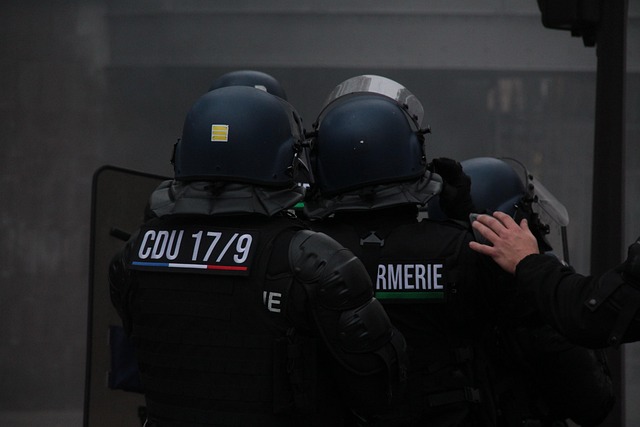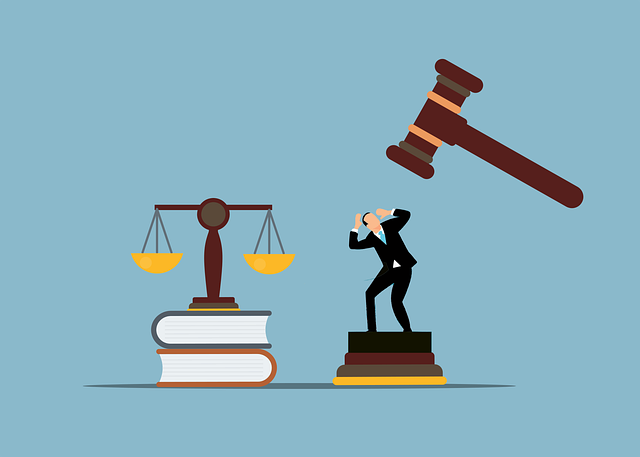C-Level investigations require meticulous analysis of diverse evidence types—financial records, emails, witness statements, digital forensics—to expose misconduct transparently while upholding accountability and due process rights. Digital evidence, including browsing histories and financial records, is transforming criminal cases, particularly white-collar offenses. Standardized protocols ensure evidence integrity with proper collection, preservation, and presentation in court, where mastering the legal framework governing documentary, physical, witness, and expert evidence is crucial for both prosecutors and defense attorneys.
“In the intricate world of criminal investigations, C-level inquiries stand as pivotal, multi-faceted operations. This article delves into the essence of these high-stakes investigations, offering a comprehensive guide. We explore ‘Understanding C-Level Investigations: An Overview,’ unraveling their significance and unique challenges. Subsequently, we dissect critical components: from the diverse range of Types of Digital Evidence in Criminal Cases to meticulous Physical Evidence Collection techniques. Furthermore, we examine the Legal Framework governing evidence use, providing a holistic understanding of Types of Evidence Used in Criminal Prosecution.”
- Understanding C-Level Investigations: An Overview
- Types of Digital Evidence in Criminal Cases
- Physical Evidence Collection and Preservation Techniques
- Legal Framework for Using Evidence in Prosecution
Understanding C-Level Investigations: An Overview

C-Level Investigations refer to high-level inquiries into alleged misconduct or criminal activity involving senior executives and decision-makers within organizations. These investigations are complex due to the sensitive nature of the individuals involved, their positions of power, and the potential impact on businesses, philanthropic endeavors, and political communities. They often require a thorough understanding of not only legal frameworks but also corporate structures and dynamics.
The process involves gathering and analyzing various types of evidence used in criminal prosecution, such as financial records, emails, witness statements, and digital forensics. The goal is to uncover the truth behind alleged wrongdoings, ensuring transparency and accountability while respecting due process rights. These investigations can significantly shape public perception, influence regulatory responses, and impact the future trajectory of respective businesses.
Types of Digital Evidence in Criminal Cases

In criminal cases, digital evidence plays a pivotal role in prosecuting offenders, especially in an era where technology is deeply integrated into daily life. This evidence encompasses a wide range of data and digital artifacts that can provide crucial insights into criminal activities. From emails and messages to internet browsing histories and social media interactions, these digital footprints offer tangible links to the alleged crimes. For instance, in white-collar and economic crimes, financial records, email correspondence, and digital contracts can serve as compelling types of evidence used in criminal prosecution.
The exploration and analysis of such evidence require specialized techniques and tools. Digital forensics experts meticulously extract and interpret these data points, often revealing hidden connections and patterns. This process is especially valuable in navigating complex cases involving political or philanthropic communities where illicit activities might be more subtle and sophisticated. Through the careful examination of digital evidence, investigators can construct a robust case, leading to either a complete dismissal of all charges or a robust conviction, depending on the merits of the case.
Physical Evidence Collection and Preservation Techniques

In C-Level investigations, physical evidence collection and preservation techniques are paramount to ensure the integrity and admissibility of evidence in court. Investigators employ a range of specialized tools and methods to gather types of evidence used in criminal prosecution, such as fingerprints, DNA samples, digital media, and documents. These tactics are meticulously designed to avoid indictment and protect the rights of all parties involved while maintaining the evidentiary chain of custody.
Across the country, law enforcement agencies have standardized protocols for evidence collection to ensure consistency and reliability. This includes using sterile swabs for collecting biological specimens, secure containers for physical items, and digital imaging for documentation. Proper preservation techniques, such as storing evidence in controlled environments and utilizing specialized packaging, help maintain the evidentiary value of collected samples, ensuring their viability for use in jury trials and other legal proceedings.
Legal Framework for Using Evidence in Prosecution

The legal framework governing the use of evidence in criminal prosecution is intricate, designed to ensure fairness and protect the rights of both corporate and individual clients throughout all stages of the investigative and enforcement process. The admissibility of evidence is governed by a complex interplay of federal and state laws, with each jurisdiction having its own rules and regulations. Key types of evidence used in criminal cases include documentary evidence (like emails, financial records, and contracts), physical evidence (such as fingerprints, DNA samples, and ballistic reports), witness testimony, and expert opinions.
The use of digital and electronic evidence has become increasingly prevalent across the country, necessitating a nuanced understanding of how this data can be properly acquired, stored, and presented in court. For corporate clients, internal investigations often yield critical evidence that can be pivotal in criminal proceedings. Similarly, individual defendants must also be aware of their rights regarding the collection and use of evidence to ensure a fair trial. Understanding the legal framework is essential for both prosecutors and defense attorneys to navigate the complexities surrounding the admissibility and handling of evidence during prosecution.
C-level investigations require a multifaceted approach, combining robust digital forensics with meticulous physical evidence collection. Understanding the nuances of various types of evidence, from digital data to tangible artifacts, is paramount in criminal cases. By adhering to established preservation techniques and navigating the legal framework effectively, investigators can ensure that evidence is admissible and leads to successful prosecutions. Embracing these strategies strengthens the criminal justice system, enhancing its ability to resolve cases justly and accurately. As the use of technology continues to evolve, so too will the types of evidence used in prosecution, underscoring the importance of staying informed and adaptable in this dynamic field.






